In this foray into the past, I cover women fantasy and science fiction authors who debuted between 1970 and 1979. In stark contrast to the previous instalment, this essay covers a sparsely populated range of the alphabet. Accordingly, it will include authors whose surnames begin with N, those whose surname begins with O, and those who begin with P. Even so, it’s not as long as the M entry.
Previous instalments in this series cover women writers with last names beginning with A through F, those beginning with G, those beginning with H, those beginning with I & J, those beginning with K, those beginning with L, and those beginning with M.
Mary C. Pangborn
Mary C. Pangborn’s published works were all short pieces published in respected venues like Terry Carr’s Universe anthologies, Silverberg and Randall’s New Dimensions series, and The Magazine of Fantasy & Science Fiction. Lamentably, her body of work was both small and is very much out of print (and too recent for Project Gutenberg to be of any help.). My tendency is to recommend an author’s novel(s) if possible, but the sole Mary C. Pangborn novel of which I am aware, Friar Bacon’s Head, has never been published. Pangborn died in 2003; one hopes that despite recent distractions executor Peter Beagle finds time to see her novel through to publication.
Anne Spencer Parry
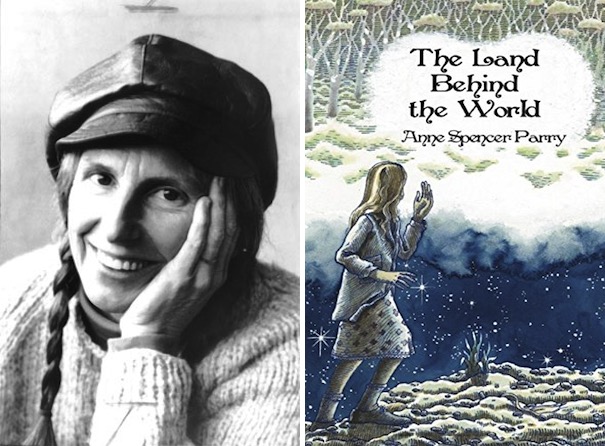
Australian author Anne Spencer Parry died in her mid-fifties some thirty-three years ago, which no doubt contributes to her comparative obscurity. She wrote juvenile fiction, of which perhaps the best example is 1975’s The Land Behind the World, in which an idealistic young girl finds a world she can truly belong to on the far side of a magical portal. Unlike a lot of the books mentioned in passing in this series, The Land Behind the World is back in print.
Katherine Paterson

Katherine Paterson’s list of awards includes the Newbery, the National Book Award, the Hans Christian Andersen Award, and the Astrid Lindgren Memorial Award, among others. Her well-known novel Bridge to Terabithia, which helped inspire the Death by Newbery trope, is if not genre, then at least genre-adjacent. Bridge is strongly recommended to parents of children unduly burdened with excessive levels of joie de vivre.
Barbara Paul
Barbara Paul is a prolific mystery author, but before she wrote mysteries, she wrote science fiction (a common pattern; authors who notice how much larger the mystery genre/market is when compared to SF often migrate over.).
One of the great pleasures of doing this series is rediscovering someone I read almost half a century only a short time ago and somehow inexplicably forgot. As soon as I saw the covers of Pillars of Salt, An Exercise for Madmen, and Under the Canopy, I had the most delicious memory of having read them. Alas, not to the point that I remember what any of them were about, aside from the anthropologically-focused Under the Canopy. Well, print runs were huge back then—I bet I can find and review at least one of her SF novels.
Ian Sales is more diligent than I. His review of Paul’s interstellar diplomacy adventure Bibblings can be found here.
Susan C. Petrey
Susan C. Petrey might have been one of science fiction’s grand old figures if only she had not died at age 35 back in 1980. Her focus on short fiction, in particular a series of stories featuring the somewhat vampire protagonist Spareen, means there are no novels I can recommend. Happily, there is a collection, 1990’s Gifts of Blood. Less happily, it appears to have been out of print since Brian Mulroney was Prime Minister.
Rachel Pollack
Rachel Pollack is both prolific and justifiably well regarded: she has won the Clarke and the World Fantasy Award, and has been nominated for the Tiptree, the Lambda, and the Nebula. Often one is at a loss to recommend authors in this series because their body of work is so small. Pollack presents exactly the opposite problem. Does one focus on her comics work, like her run of Doom Patrol and the Brother Power the Geek one-shot (which, unlike the two-issue Joe Simon original, is actually readable)? Perhaps the best place to start is her Clarke-winning novel Unquenchable Fire, set in a world transformed by a global spiritual revolution, whose reluctant protagonist is drafted to play a role in which she has very little interest.
Susan Price
Susan Price is also prolific, with works in genres as diverse as historicals to science fiction, from fantasy to alternate history. Genre fans may find her 1987 The Ghost Drum of particular interest. Drawing on Russian sources, it tells the tale of a brave young witch determined to use her mastery of magic to rescue a young prince from the tower in which he has been imprisoned by his father, the Czar.
* * *
Buy the Book
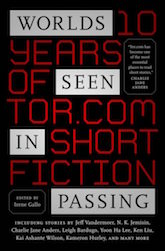

Worlds Seen in Passing: Ten Years of Tor.com Short Fiction
The upside of having such a short list of authors is that my List of Shame, those authors of whom I know little, is proportionately short. Still, if any of you have read and can recommend books by the following authors, please do:
- Winona Morris Nation
- Pamela Oldfield
- It is not that I have not heard of prolific author Francine Pascal but having not read her books, I don’t know which are of genre interest.
- Diana L. Paxson is another prolific fantasy author, but I leave it to others to decide which, if any, of her books to recommend.
- Daniela Piegai
In the words of Wikipedia editor TexasAndroid, prolific book reviewer and perennial Darwin Award nominee James Davis Nicoll is of “questionable notability.” His work has appeared in Publishers Weekly and Romantic Times as well as on his own websites, James Nicoll Reviewsand Young People Read Old SFF (where he is assisted by editor Karen Lofstrom and web person Adrienne L. Travis). He is surprisingly flammable.










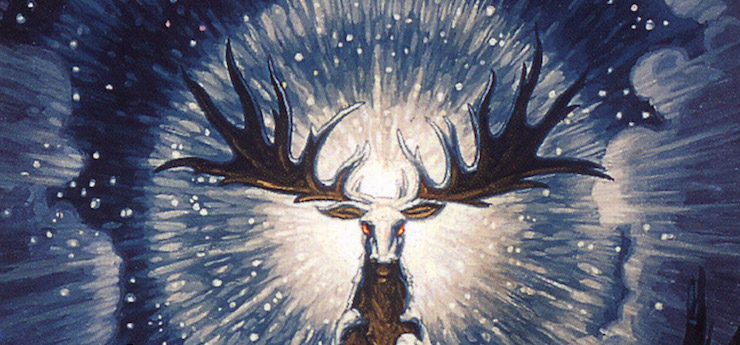
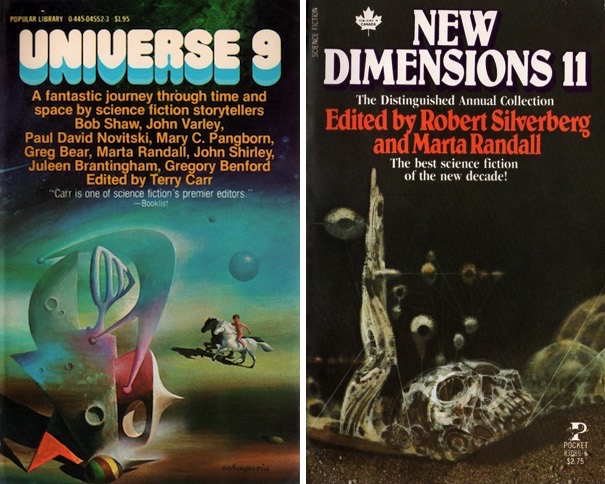
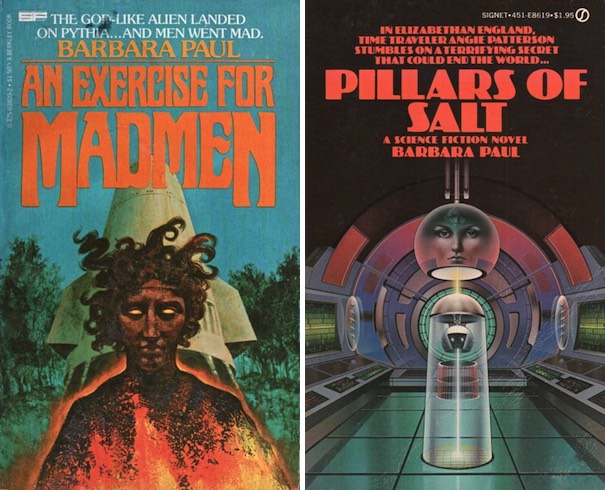
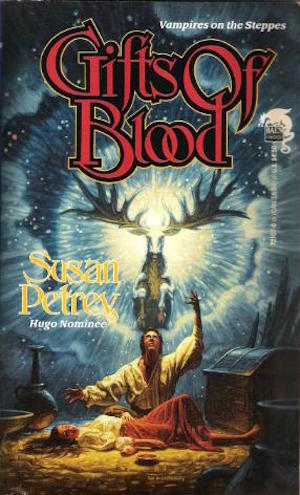
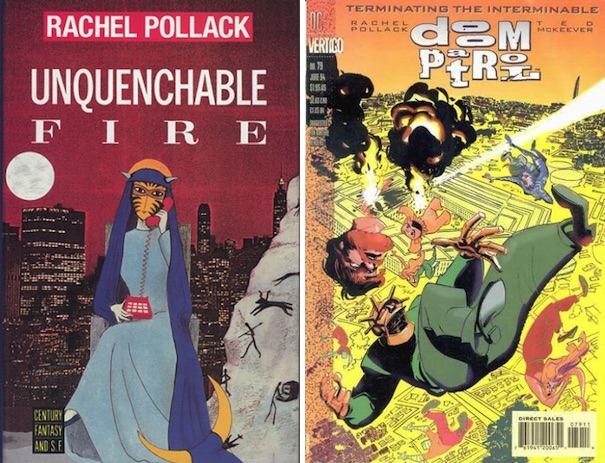
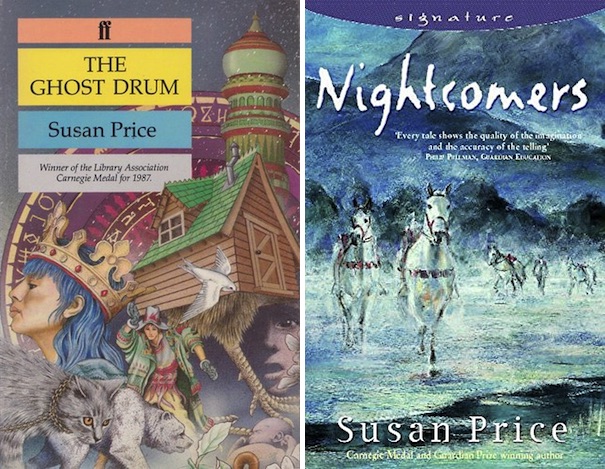
I recommend Brisingamen by Diana L. Paxson in which Freya’s necklace is found in the modern world. Also enjoyed her retelling of King Lear in The Serpent’s Tooth.
What a shame it was that Susan C. Petrey died so young.
Is Mary Pangborn related to Edgar Pangborn?
I believe Mary Pangborn was Edgar Pangborn’s sister.
Francine Pascal’s Hangin’ Out with Cici has a 1970s teenager travel back in time to 1944 to hang out with her mother as a teenager, and I liked it a lot when I was in the target age range (haven’t re-read it). I think it was her first book. I am not convinced she’s written all the others with her name on them…
I believe Doris Piserchia would qualify (and indeed I’ve been waiting to see if you’d miss her). I first read Spaceling when the Science Fiction Book Club sent me a copy. It’s a juvenile (although many of her books are not), and I was just the right age for it.
Wow! How long has it been since I read (or even thought of) Doris Piserchia? I’m pretty sure I read Spaceling, A Billion Days of Earth, The Dimensioneers, and a couple of others. The Spinner and maybe The Fluger? I think I stopped after The Dimensioneers because it was so similar to Spaceling. But according to Wikipedia, Doris Piserchia started publishing in the 60’s, so she doesn’t fit this category.
I heartily concur with Chris Jordan & EJF on Doris Piserchia. I first ran into her work with the SFBC edition (I believe the 1st edition, actually) of Spaceling. Since then I’ve read a good percentage of the rest of her work. I believe she is considered to be associated with the New Wave.
Rachel Pollack is a wonderful writer. Not mentioned above is her extraordinary Godmother Night or her mystery A Secret Woman. I’ve been meaning to pick up her most recent book (2014) The Child Eater.
Doris Piserchia’s career was sabotaged by epic personal misfortune.
http://www.digitalmediatree.com/dorispiserchia/interview/
Loving this series. As we approach the letter S I do hope you’ll include Mary Stewart’s Arthurian work. She was published in other genres prior to the 70’s but 1970’s The Crystal Cave and subsequent novels add such a different take on the Arthurian canon that I think she’s worthy of inclusion. By using Roman-English history as a guide in a way more similar to Renault than Tolkien she paints a very personal story against the backdrop of a larger story about England and it’s delicate movement towards modernity. It’s compelling and I think often dismissed because jumping genres from more Romance-adjacent books makes it all the easier to dismiss. Reviews at the time seemed to paint them as “novels for woman” which is just bizarre.
Where is Andre Norton??? I’ve been waiting all this time to get to her, and they jump over the “N” authors completely?
For some reason I could not find many women whose surnames began with N who debuted in the 1970s. Andre Norton was definitely not one of them: her first published work appeared during FDR’s first term, back in 1934. Her first genre work, Horn of Huon, appeared in 1951, still well before the 1970s. I got hooked on her books thanks to Night of Masks and Galactic Derelict, and the fact that every school I went to had at least a few of her books in their libraries.
Judith Tarr’s Andre Norton Reread can be found here:
https://www.tor.com/tag/andre-norton-reread/
My Fifty Andre Nortons in Fifty Weeks can be found here:
https://jamesdavisnicoll.com/reviews/series/50-nortons-in-50-weeks
Although I think there was a fence post error and it was actually 49 weeks.
Thanks – It was the Zero Stone series that hooked me and started me reading her. She wrote well into the 80’s and I considered her the Grand Dame of Science Fantasy. I guess my expectations were to see her mentioned in this list, so thank you so very much for the links you provided!
Women active in Spec Fic in the 1970s would have been a very different list. But this way I get to avoid trying to find e.g. an Evelyn E. Smith I’d recommend.
Up until 2005, although after 1990ish she usually had collaborators. Posthumous collaborations appeared at least as late as 2008.
As I recall, Tor made sure they got a copy of the last book she wrote to her before she died.